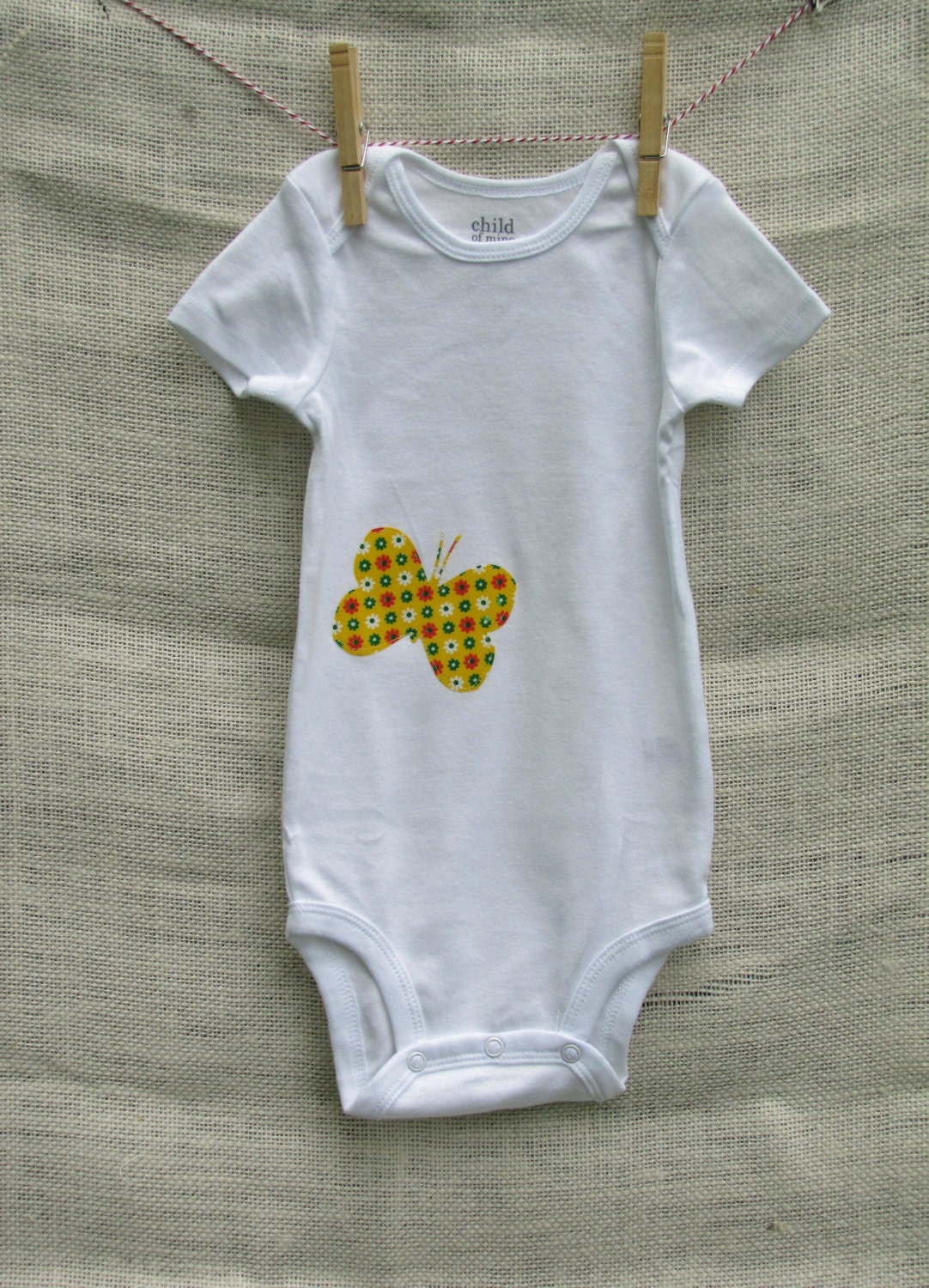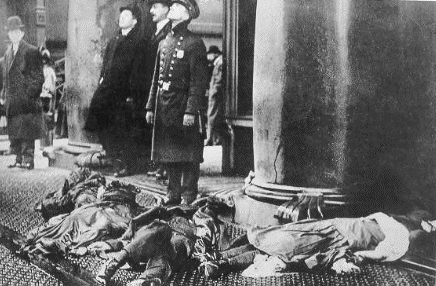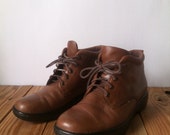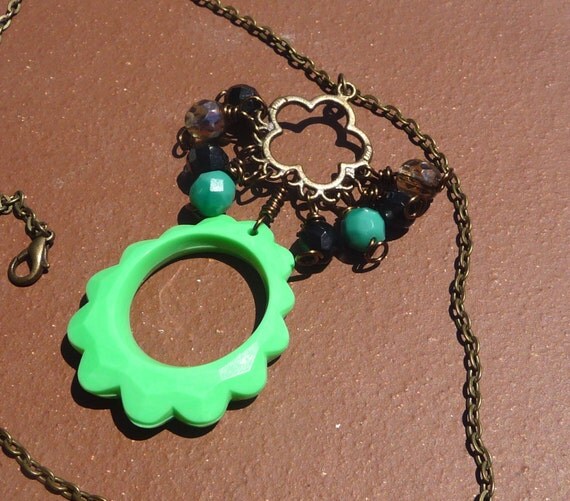 |
| Handmade Baby Outfit From Hugs n Love |
Recently, I have been haunted by images of crushed, burned, trampled, and disfigured bodies, following the string of workplace disasters, such as the collapsed New Wave clothing factory in Bangladesh. This newest disaster comes on the heels of major factory fires that occurred in textile mills and clothing factories, killing over 1000 people in 2012 and 2013. Last week, an 8 story building, housing multiple garment companies had been ordered to be evacuated by the government, following and inspection which revealed large, structural cracks. The owners chose to ignore the warning and ordered the workers to report as normal. The next day, the building collapsed. Scores perished in the rubble. Others were trapped for days.
Long before I was born, in New York City, the Triangle Shirtwaist garment company caught fire and killed over 100 young seamstresses. This epic tragedy paved the way for modern workplace safety laws in the US. It provided momentum for workers to organize and demand better conditions. But who is there to advocate for the third world worker? If you are like me, you probably feel powerless and overwhelmed with guilt, whenever these horrible disasters happen. It seems like we have no choice to buy American and have few options to purchase socially responsible goods, especially clothing and fabrics. Nothing is made in America any more and we have no way of knowing where and how the huge multinational corporations produce their goods.
If you are interested in the Triangle Shirtwaist Fire, here is a short documentary. Filled with great history, and some gruesome images, this film explores the carnage and how it changed the American Workplace. Furthermore, it contrasts that incident with the modern disasters happening in sweatshops today. This video is very worthwhile to watch : http://www.youtube.com/watch?feature=player_embedded&v=noL8nFSzsDc
 |
| Collapsed New Wave Building |
 |
| Triangle Shirtwaist Fire With Corpses |
 |
| Handmade Scarf from http://www.etsy.com/shop/RebeccasAccents |
While there are obvious benefits to buying handmade, that make it worth the extra cost, many products that are handmade or homemade by yourself, will still contain textiles or components that were sourced from overseas sweatshops. Try and find American made fabrics, yarn, and buttons, at the local hobby store...you will probably still be looking next year! Sadly, purchasing domestically made supplies for crafts is very difficult. You will, though, be directly helping American families, when you choose to buy handmade.
So, where is the best place to buy handmade? I always like to start local, by asking my friends, looking for small mom and pop type shops, scouring local art fairs, or on the internet. When it comes to buying handmade on the internet, you need to be a little investigative and savvy. Unfortunately, handmade is becoming a marketing buzzword, and sweatshops sometimes masquerade as handmade. Etsy.com is a great place to shop for handmade, because you can filter by location and read the profiles and about section of each shop. You can even shop by area code or major metro area. When in doubt, ask questions of the seller, such as who made this, do you have any employees, what parts in this item are from mass manufactured supplies? There are legitimate small handmade sellers in Asia and other countries. Not all foreign sellers are factory made goods; however, I tend to buy locally made, even if it is more costly, because I want my money to help families struggling here.
Okay, so you probably can't afford to buy handmade all of the time, but you still want to be more ethical in your purchasing, why not try buying secondhand clothing? You can buy used clothes at yard sales, thrift shops, ebay, and high quality vintage at Etsy.com. There is even Freecycle for free clothing, or you can arrange a swap with friends. Depending on your budget, there are many options for secondhand garments.
 |
| 20 Dollar Vintage Boots from http://www.etsy.com/shop/TreeCricket |
 |
| Handmade Jewelry |
Finally, if you are local to Tennessee and are looking for clothing made here in state, your options are not limited to online. The Diamond Gusset brand jeans are Tennessee made and you can buy them in Lynchburg, TN, near the Jack Daniel's distillery. http://store.americangusset.com
You make excellent points in this fine article. Wish more understood the benefits of buying local, buying handmade and supporting local craftspeople.
ReplyDelete